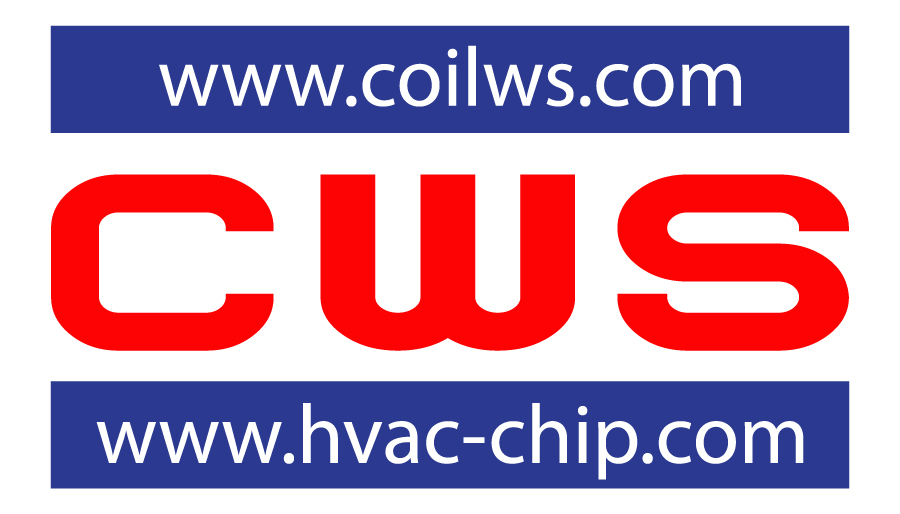| International Limits and Regulations |
|
C.I.S.P.R. (Committee International Special des Perturbations Radio-eletrique) is an international committee for I.E.C. (International Electronic Commission) which publishes recommended methods for interference measures, measuring devices and radio interference limits. The national regulation bodies for radio interference generally have conformed to these recommendations. These are some CISPR recommendations: 1) CISPR 14 (DIN VDE 0875 T1) Equipment with working frequencies below 10kHz (Broad Band Emission) Frequency range: 0.15MHz to 300MHz Example: electrical household appliances, portable instruments (power<2kw) etc. 2) CISPR 11 (DIN VDE 0871) Equipment with working frequencies above or equal to 10kHz Frequency range: 0.001 MHz to 100 MHz Example: ISM Equipment (Industrial, scientific and medical equipment) 3) CISPR 22 (DIN VDE 0878 T3) Equipment for ITE (Information Technology Equipment) Frequency range: 0.15 MHz to 100 MHz Example: personal computers, printers, monitors, etc. |
|
Fig.4 shows the values of maximum admissible levels of interference voltages according to VDE 0871 (June 78) and CISPR 11 (ISM Apparatus) for conducted interference voltages produced on the mains.  Fig.5 shows values of maximum admissible levels of interference voltages according to DE 0875 IT'D (December 88 and October 90) and CRISPER 14 for conducted interference voltages procedure on the mains.  Fig.6 shows the maximum admissible levels of voltages according to VDE 0878 T3 (November 89) and CISPR 22 for conducted interference voltage produced on the mains.  Fig.7 shows the maximum admissible levels of voltages according ti FCC part 15 (sub-section J) for conducted interference voltage produced on the mains. 
|
We Are Open Monday to Friday 8 A.M. - 5 P.M. (Pacific Time)Â
E-mail your questions and requirements at: sales@coilws.com

*Please contact us for available stock.
Stock quantity of zero may be reflected as it is not implemented yet.





